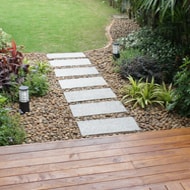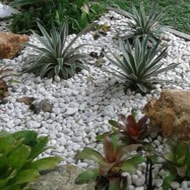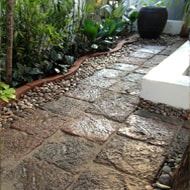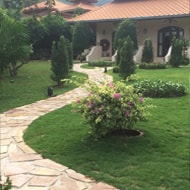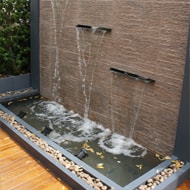 Is there a traditional style of non-commercial gardens in Thailand?
Is there a traditional style of non-commercial gardens in Thailand?
This is a difficult question to answer, mainly because we have very little recorded information. The ancient capital of Thailand known as Ayutthaya, was sacked and burned to the ground by the Burmese in the 18th Century, and along with it all records, drawings and scriptures of evidence that may have been used to gather information on age-old Thai gardening techniques.
 We do have some records from Western travellers who saw the ancient capital before its ruin, but they mainly describe the various architectural splendours of the capital, largely ignoring the gardens.
We do have some records from Western travellers who saw the ancient capital before its ruin, but they mainly describe the various architectural splendours of the capital, largely ignoring the gardens.
What we do know is that generally speaking, there were three distinctive types of Thai garden: those of the temples, those of the royal palaces, and those of the normal people.
And what we also know, is that Thailand has always remained exceptionally fertile, with many versatile and varied landscapes; ranging from the cool mountainous highlands of the North, to the humid jungles of the far South.
This versatility, fertility, combined with the climate are excellent for plant growth and help Thailand hold its reputation for agricultural success.
Thailand these days has absorbed much landscaping influence from the Europeans and the Chinese, and has the enviable position of being able to grow rich, lush tropical gardens, and combine this with the more orderly and formal style of the Western garden.
So to answer the question, is there a traditional Thai style? The answer is, not especially; aside from some specific plants associated with good luck and religion, traditional fruit trees etc, as well as more formal planting patterns of Royal Thai Palaces and Temples, the domestic Thai garden has always remained one of practicality and natural abundance. It is fair to say that contemporary Thai garden design has been influenced by, and incorporates, the best of all landscaping practices across the globe, utilised within a warm, rich tropical environment.

